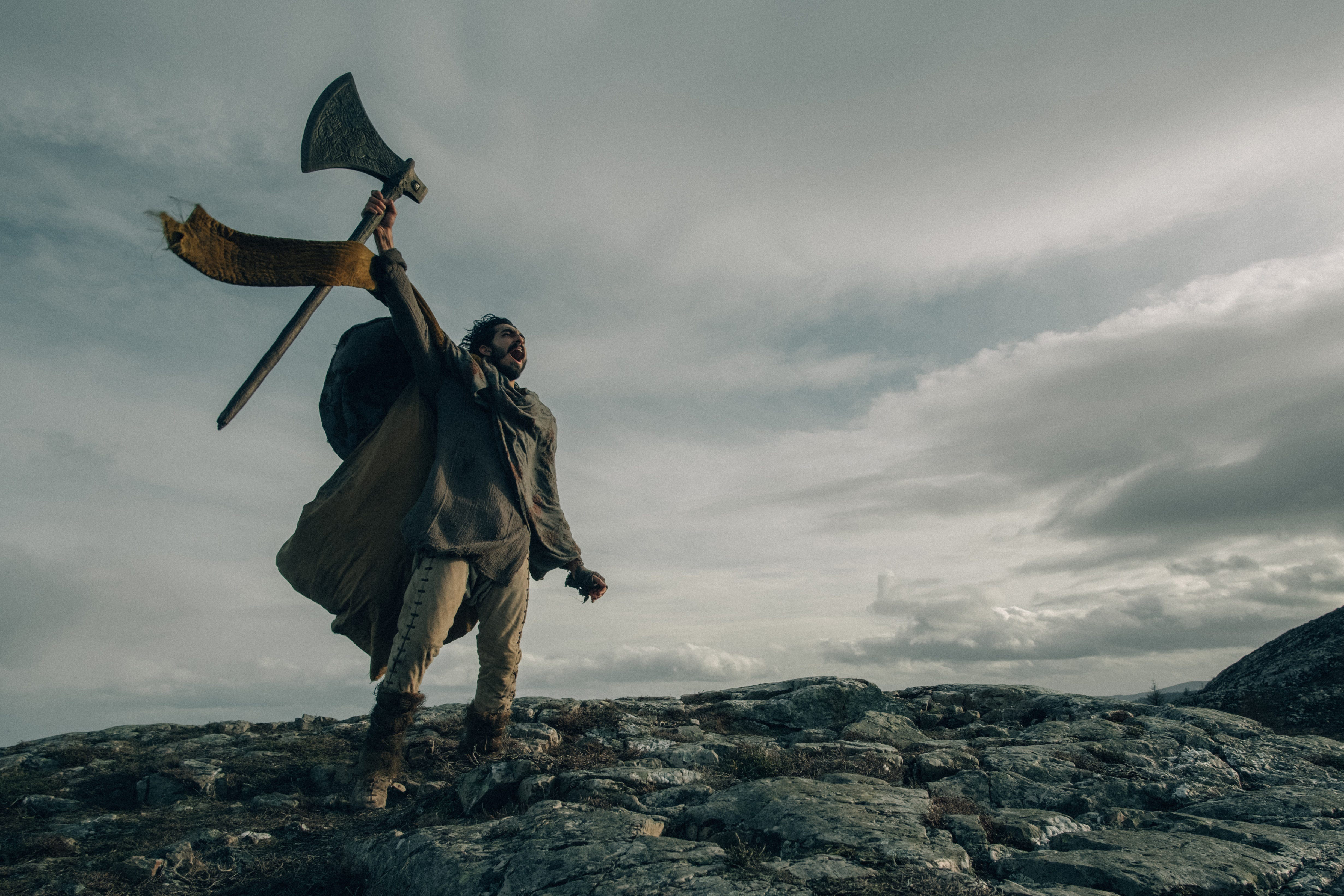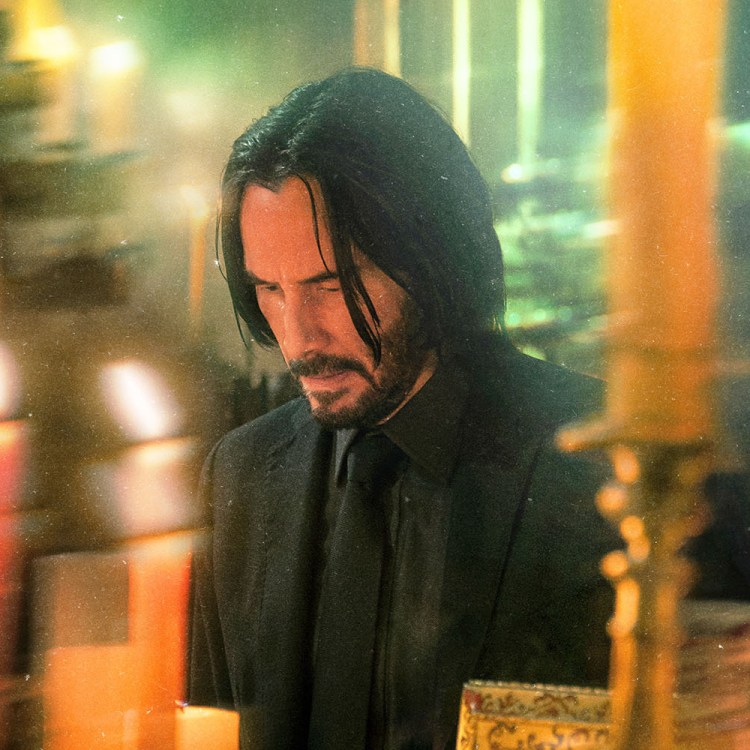“I don’t like sand — it’s coarse, and rough, and irritating, and it gets everywhere.” So complains a pubescent Anakin Skywalker in Star Wars Episode II: Attack of the Clones, a film linked to the tentpole du jour Dune by more than their shared fixation on the unique properties of desert terrain.
The meat of Denis Villeneuve’s new space opera takes place on the planet of Arrakis, where the arid landscape glistens with a natural resource known as “spice,” a substance acting as super-drug, precious fuel source and possibly also the essence of life. But the parallels abound: Anakin’s counterpart is Paul Atreides (Timothee Chalamet), another scrawny kid called up as the chosen one, with another intergalactic conflict he’s destined to resolve in peace. His rainy home world of Caladan bears more than a passing resemblance to Kamino, the precipitation-heavy planet cranking out clone armies in Episode II, and Arrakis shares a desert climate with Anakin’s native land of Tattooine. The gargantuan sand-worms impeding the spice harvests recall the fantastic beasts faced by Anakin and company in a gladiatorial match. There’s a Jedi-like cabal of powerful mystics called the Bene Gesserit, and even a nearly identical attempted-assassination scene carried out by a small mechanized insect.
Villeneuve also owes a major creative debt to Lawrence of Arabia, the other sand-based epic chiefly informing its plot and look. He succeeds in replicating the endless, oceanic quality Lean brought to his footage of the dunes back on Earth in the god’s-eye-view photography of Arrakis, as if nothing larger has ever existed. Paul cuts a markedly Lawrence-ian silhouette as well, an empathetic emissary caught between empires in his adopted allegiance to the Fremen native to the region, a third-world population subjugated by his own colonialism. These works even bisect themselves around the same narrative juncture, the conclusion of Dune (Part One, as the title card announces) and the intermission of Lawrence of Arabia both falling at the hero’s defection to his chosen comrades.
There’s no sport in faulting nu-Dune on these familiarities, seeing as they’re all drawing from the same well of Campbellian mythmaking. The 1965 source novel by Frank Herbert predates George Lucas’s galaxy far, far away and the lion’s share of blockbusterdom, so it logically follows that the book’s latest adaptation would be in line with the half-century of pop culture it originally influenced. The three films mentioned share key tropes and a titanic sense of scale, but Dune is the black sheep of this illustrious family line for the utter solemnity of its presentation. Villeneuve has pulled off an impressive feat of sheer craft that is very large yet very empty, full of wondrous sights but shot with a staunch lack of wonder. Like the ceremonial electric bagpipes tearing a swath through Hans Zimmer’s deafening score, the film assumes the tone of a dirge, its dramatic peaks and valleys flattened into a sustained drone.
It’s a shame, considering the vivid, bizarre details of the text peeking out from the cracks in its adaptation’s somber front. The finer points of the script and its universe-building suggest a consciousness about the outré in Herbert’s initial writing that Villeneuve’s stone-faced approach rejects. It’s there in the inexplicable sexual tension between Paul and his mother Lady Jessica (Rebecca Ferguson), as well as their names, two outliers of the Americanized ordinary in a story filled with people like Thufir Hawat and Glossu Raban. Or the gliding two-step walk that those traversing the desert must use to evade the sonar of the worms, in practice a hilariously inefficient method of locomotion that looks like a goofy little dance. Paul’s equivalent of the Jedi mind trick is called “the voice,” by which he can exude powers of mental persuasion simply by talking in a sufficiently commanding register. The phrase “desert power” is muttered on multiple occasions, seemingly never to anyone in particular.
The built-in weirdnesses of Dune fight the self-serious attitude applied to a property previously realized by David Lynch in all its colorful, incoherent glory. The dissonance starts with the visual palette, Villeneuve working in a drab mix of blacks, greys and beiges, thereby breaking the cardinal rule of sci-fi: rather than an adventure anyone would dream of going on, space travel is made out to be a grim obligation for the House Atreides, their fate hanging on banalities like rates of mining and protein refinement. These matters can only be discussed with the utmost gravity, all scenes pitched at a subdued grittiness that breaks only with the arrival of Paul’s lone friend Duncan Idaho (Jason Momoa, his presence giving away the Game of Thrones connection the producers surely hope audiences will make). That he’s the only one having fun here throws the blanket stoicism into sharper relief; conversely, some of the most affecting sections concern the sluglike antagonist Baron Harkonnen (Stellan Skarsgard), his “Colonel Kurtz goes to the deepest reaches of the cosmos” vibe fitting perfectly with the grave attitude against which so many others clash.
Credit where it’s due: Villeneuve’s not lacking in ambition, aiming for a grandeur nothing short of the stratospheric. He basks in extreme wide shots, taking an aerial view of the Atreideses’ army in block formations right out of the Riefenstahl playbook, their regimented immensity recalling imperial powers of the Western world. Much care has evidently been put into the design of the assorted ships as well, fashioned after a brutal minimalism in keeping with the “evil futuristic MP3 player” aesthetic of Arrival’s vertical flying saucers. In either case, whatever might be astounding about the size of these sights is nonetheless undercut by the gloom they radiate, the air of the fantastic having faded from these fantasies. The lack of basic characterization also contributes to the difficulty of personal engagement with these spectacles; the fate of Duncan Idaho in battle, to pick one example, means so little when we’ve barely spent any time with him beyond the occasional one-liner. While Villeneuve has long faced the accusation that he’s interested in ideas, things][ and people in that order, even the ponderous Blade Runner 2049 lent more depth to its leading man, and he was a robot.
Dune benefits somewhat from a lowered bar, in that it looks unlike any other blockbuster of the current era. For its gargantuan scope, the clarity of its special effects, and its overall severity, it stands head and shoulders above the superheroic horde. But inviting comparison to so many cornerstones of the past exposes the lack of a certain something — not magic, but the awed attitude that believes in magic — holding back the full richness of the text. If the planned second installment that has not yet even started shooting does indeed come together, the contours of the story may naturally remedy this, Paul’s turn from oppressor to liberator striking a more stirring note. (Though that will inevitably open up a separate can of worms about white savior complexes, a conversation that could fill another essay’s word count.) Until that day comes, we’ll have this incomplete colossus more daring in its imperfections than most, the shell of an instant classic hollow on the inside.
This article was featured in the InsideHook newsletter. Sign up now.





















